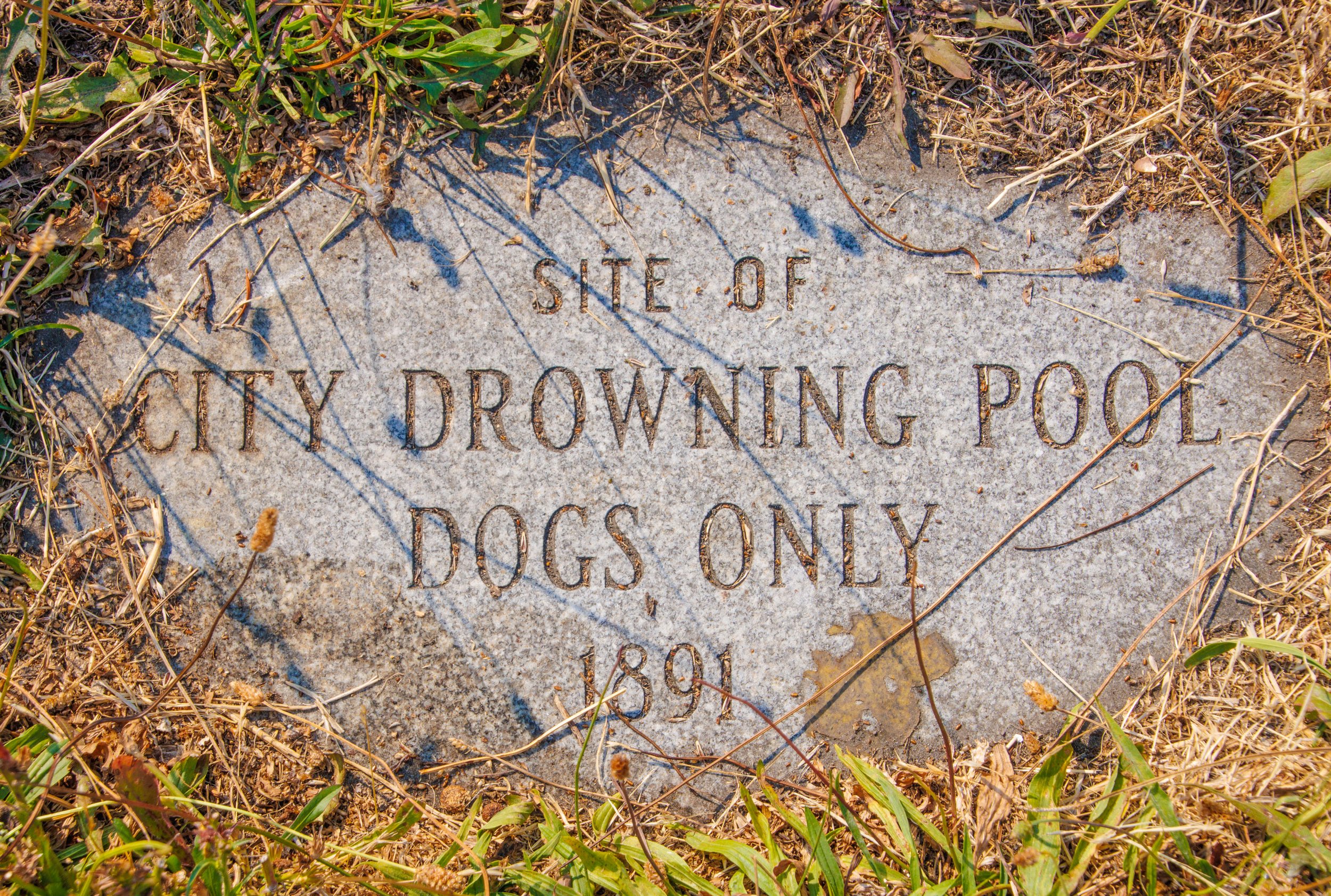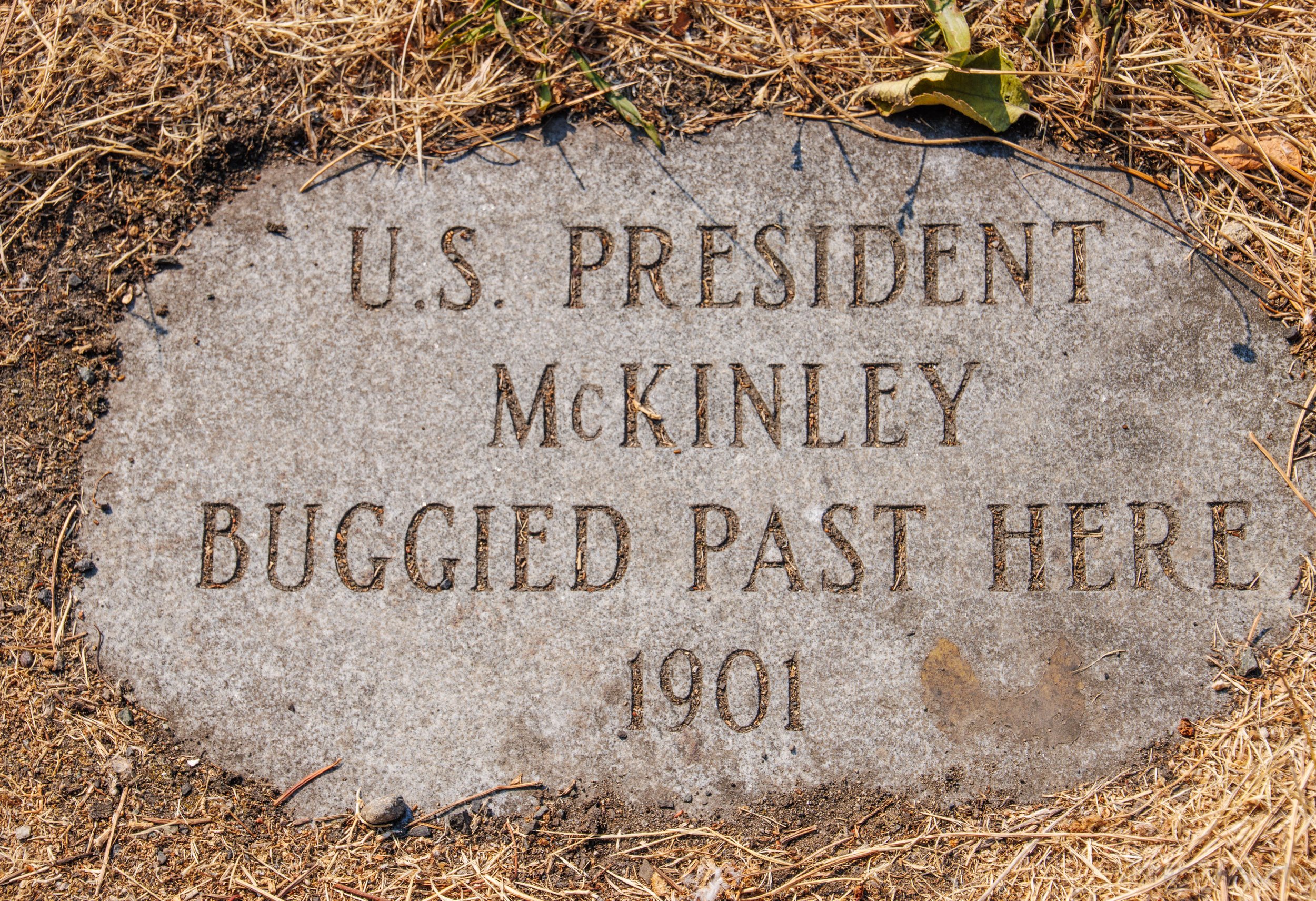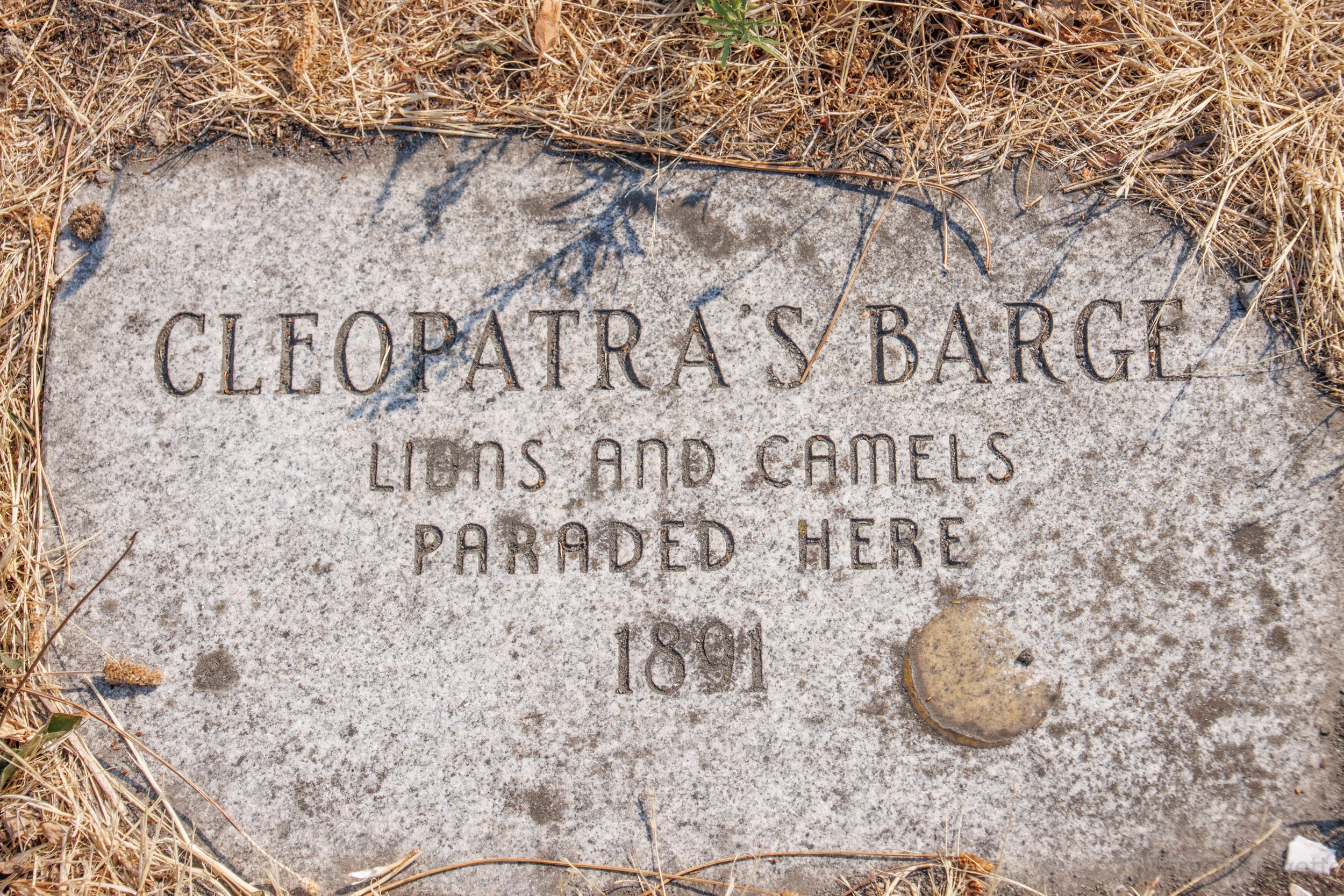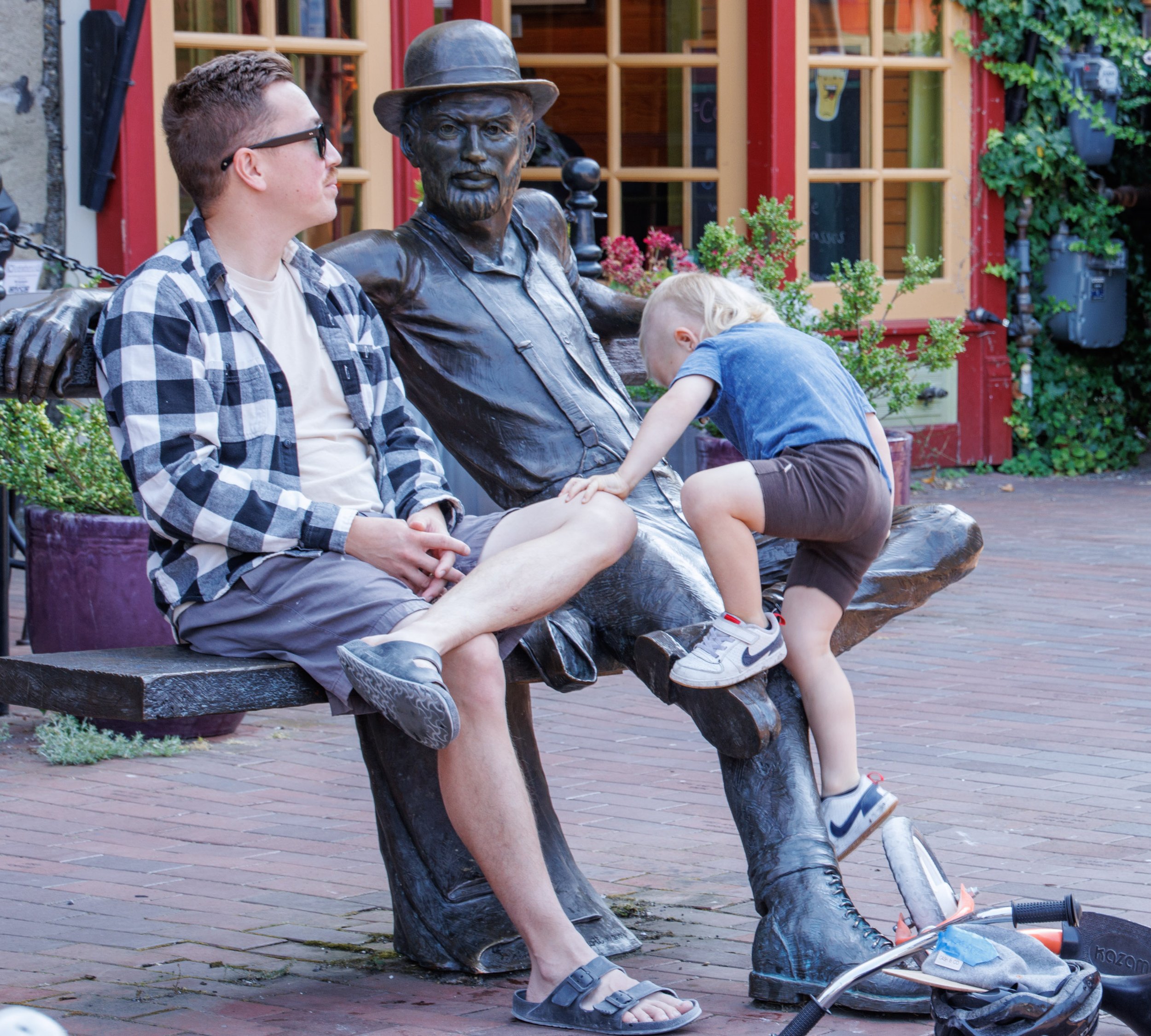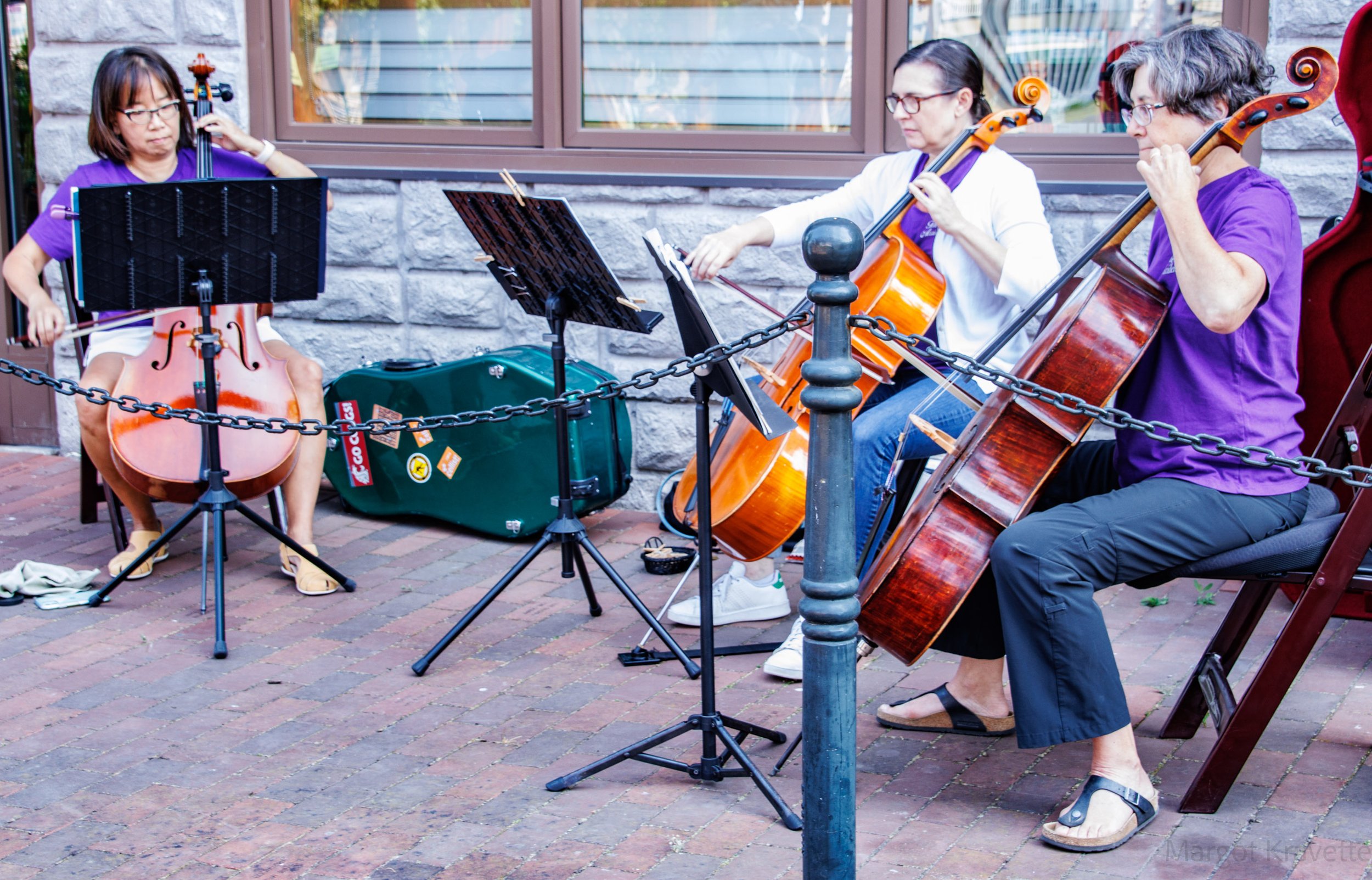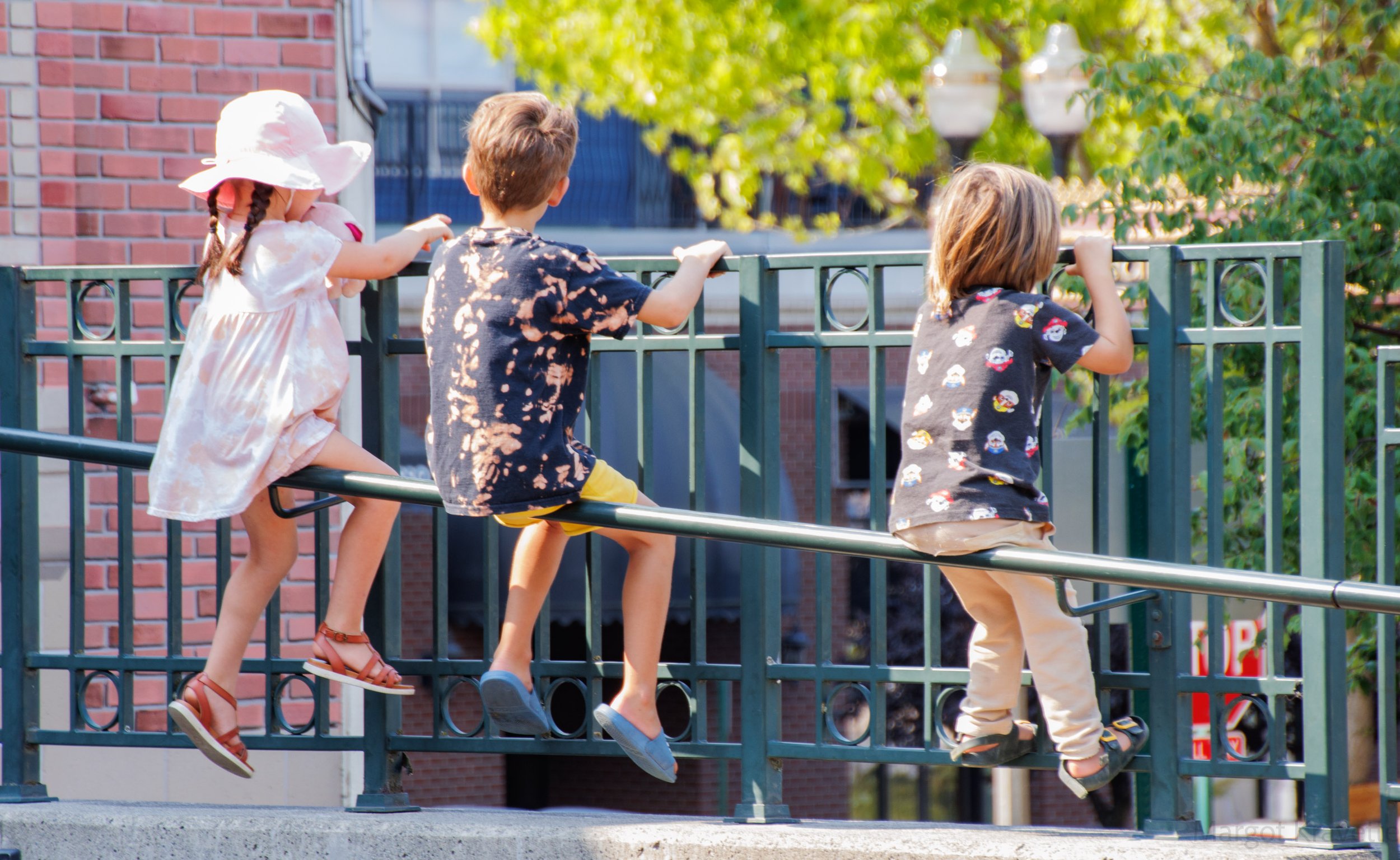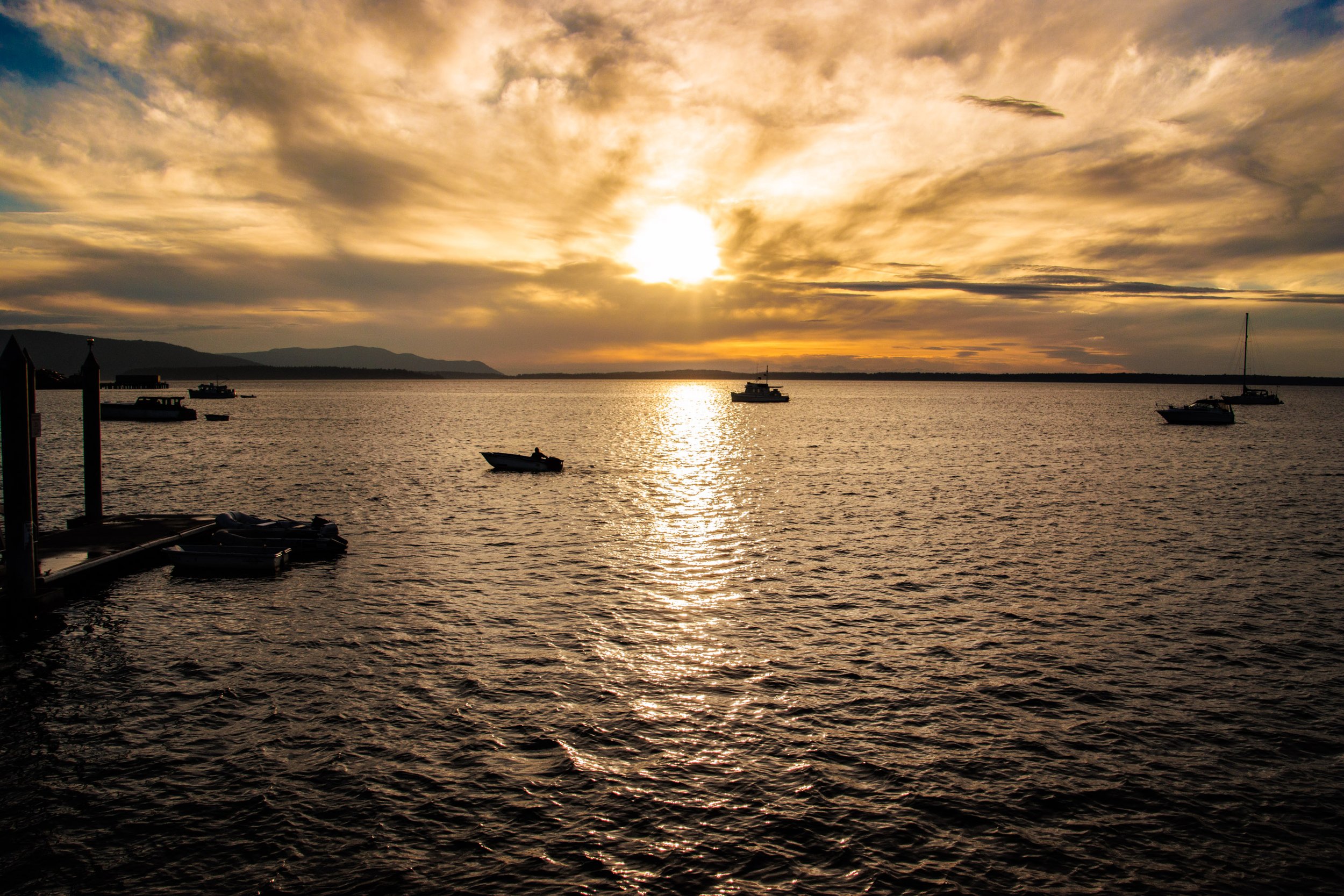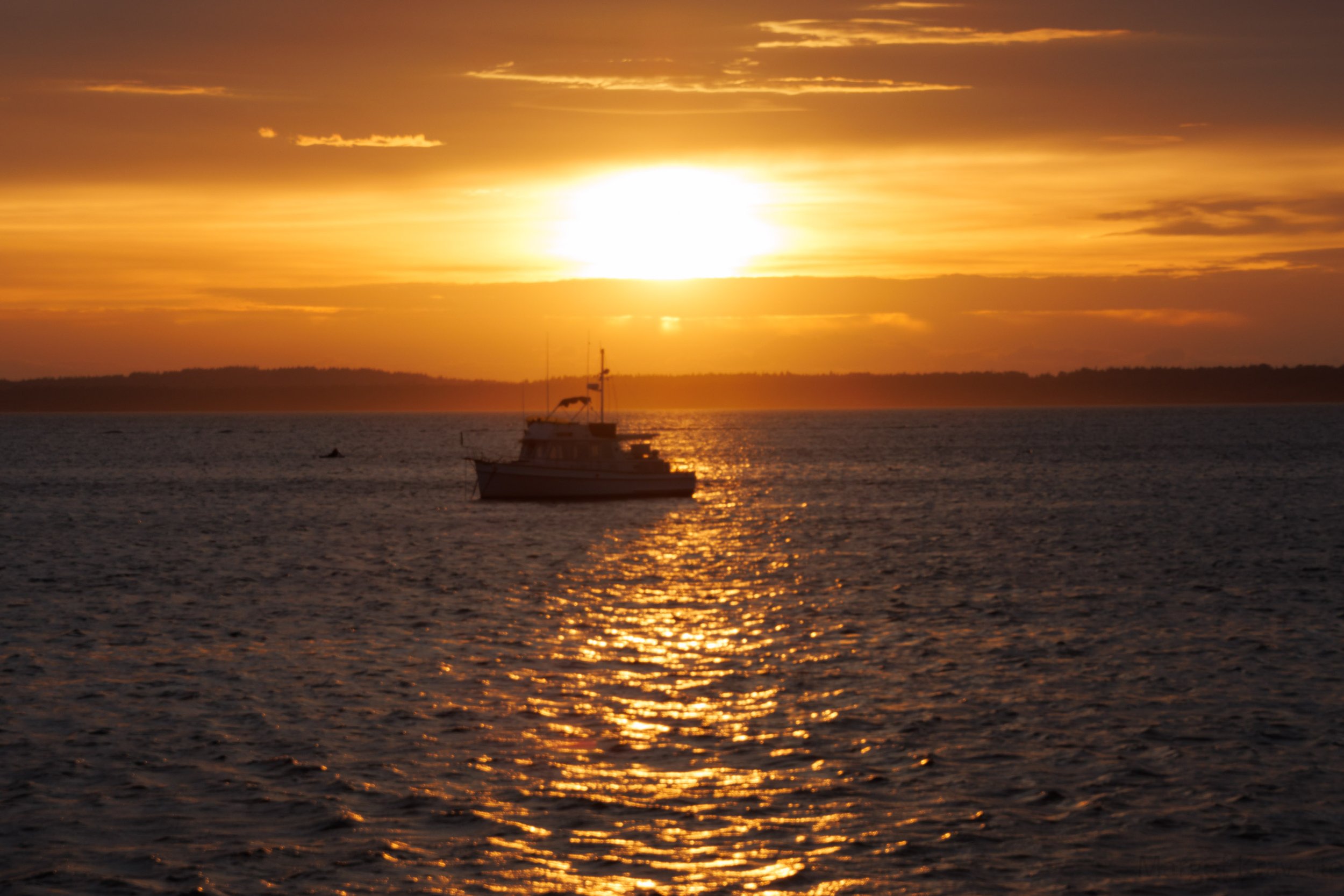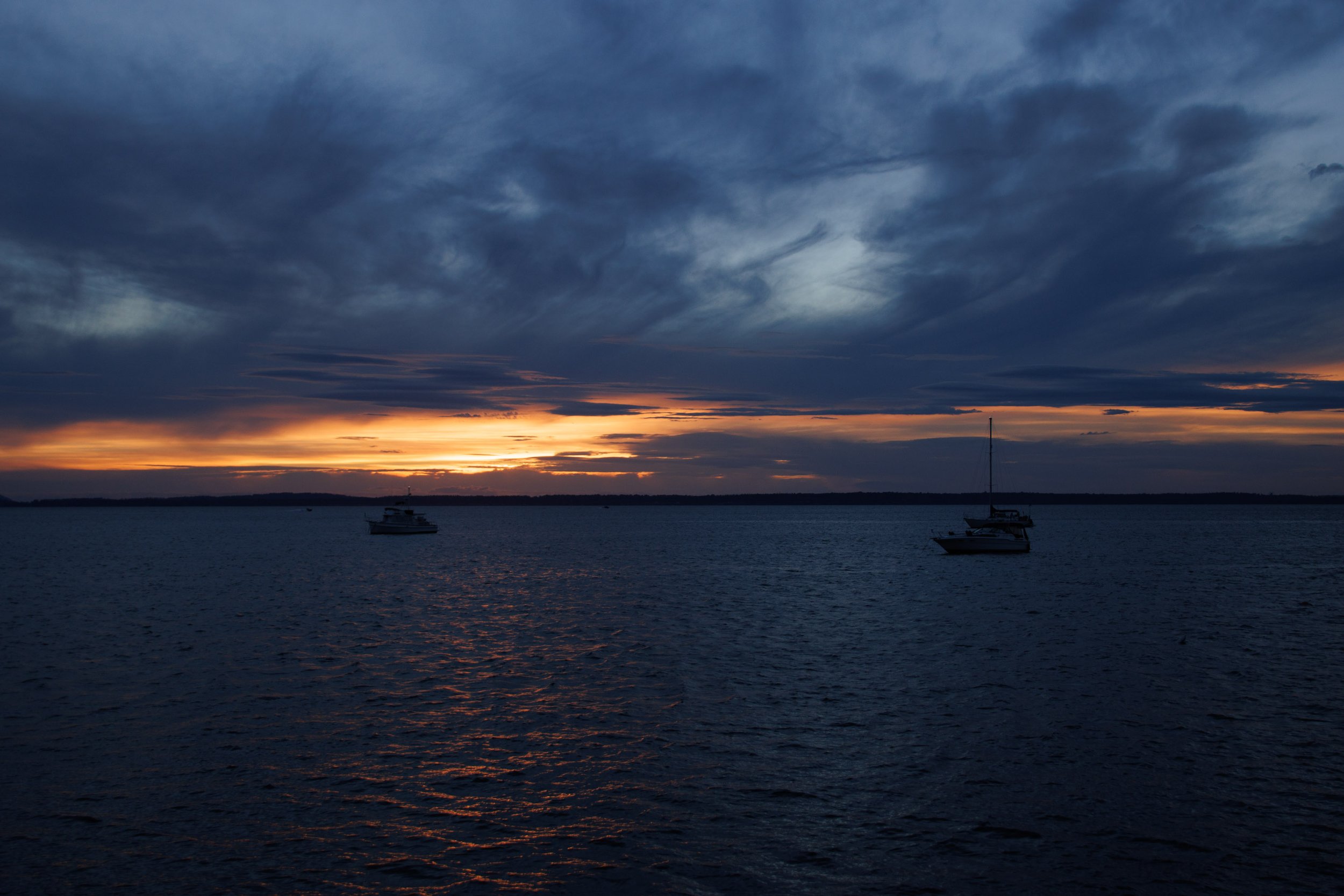Fairhaven
Fairhaven, often known Bellingham’s “South-side”, was originally one of four pioneer settlements surrounding Bellingham Bay. “Dirty Dan Harris”, one of the area’s infamous citizens, filed Fairhaven’s first plat in 1883 and named the town “Fair Haven”, meaning “quiet place” or “safe port” from the native “See-see-lich-em”. With its setting on the water, manufacturing and industries such as salmon canning, lumber and coal stimulated the rapid development of Fairhaven. As with several other towns in Western Washington, there was anticipation of having a Great Northern Railroad terminus in Fairhaven. This hope never actualized as Seattle became the terminus. However, with many promises of wealth and prosperity by the newly formed Fairhaven Land Company, the population grew rapidly, and construction flourished through 1893 when the big depression occurred and put a stop to that rapid growth. In 1903 Fairhaven consolidated with the three other towns and became part of Bellingham.
In 1977 the Fairhaven Historic District was named to the National Register of Historic Places. Within the District there are 17 buildings that were built between 1889-1909, all of which are still standing in one degree or another, all having significant changes in their occupancies. Here are some fun facts: Two of those buildings, the Fairhaven Library (formerly the Fairhaven Carnegie Library) and the Terminal Building, were named to the National Register of Historic Places on their own. Only one, the Terminal Building has been in continuous use since it was constructed in 1888. The Fairhaven Library had a separate entrance to the Men’s Reading Room which required men to wear their “working clothes”. The exclusive Men’s Club in the Mason Block (1889) hosted Mark Twain and William Howard Taft. And, the Monahan Building (1890) had previously been used as a betting parlor for sporting events. The focal point of Fairhaven for many years was the observation tower of the Fairhaven Hotel, built in 1890 and destroyed by fire in 1953. A new building was completed in 2020 with commercial and residential spaces, with a 96 foot high clock tower giving homage to the hotel’s tower, seems to have returned to its honored place.
Along Harris Avenue, the main thoroughfare of Historic Fairhaven, a little-known scavenger hunt is found hidden among the grasses lining the sidewalk. Created by Tyrone Tillson, a local newspaper publisher and historian, he received grants in the 1980’s and 90’s to install markers that highlight different points in Fairhaven’s history. These unique plaques are different from those one typically finds as part of a historical display in any location. Between the Amtrak Train Station and 12th Avenue you would find nuggets such as those below. According to Whatcom Talk, a local social media network, an article about these plaques describes the different stages of Fairhaven’s history, including periods such as the Wild West, periods of industrial development and history of Chinese and Japanese cannery workers. The plaques are humorous if you consider them outside historic possibilities, however a lot of information and objects have been found over time that indicate there is some truth to many of these words.
The Village Green was renovated from a grassy plot in 2003 with combined support from the City of Bellingham of $350,000 and another $300,000 from private donors. It is a place where Fairhaven residents and sightseers alike relax, visit, explore, learn and in my case discover. From a huge mural of the town created by Lanny Little in 2001 on a blank white wall that was previously used to show movies, to a brass replica of the laid-back Fairhaven founder, Dirty Dan Harris, a large lawn of green grass for running children or picnicking families, and the day we visited, to a trio of young cellists outside the back door of Village Books. I could have spent all day there watching the young children playing in a puddle, climbing into Dirty Dan’s lap or just hanging out on a fence.
My personal happy place was the former industrial Taylor Dock, which I visited in both in the daytime and again the same evening. The over-water boardwalk connects the Dock, just outside the Fairhaven Historic District, with Boulevard Park in Bellingham. The full South Bay Trail which goes beyond the Park is 2.5 miles long, so it is a good round trip excursion. The highlight for many is the Woods Coffee stand just as you reach the Park, with many walkers waiting in line for their lattes or other snacks. In the daytime you can view far out in Bellingham Bay. From the dock and boardwalk, day and evening, there are many people walking, sitting on one of many available benches, and taking in beautiful views of the distant mountains, picturesque water and everything in it. And even trying back flips.
I returned in the evening to capture the sunset. As the sun descended through the scattered clouds, the sky changed multiple times. From yellow, gray and white marbling to bright orange and yellow ribbons with a bright white sun reflecting on the water, and finally a simple multi-shaded shred of orange between dark sky and water. As if the magnificent coloring book in the sky wasn’t enough there was a group of amateur musicians who had gathered on the dock to make music on summer evenings. Once the sun was fully down, we sat with many others listening, singing along, and smiling as we recognized the music of our time.





